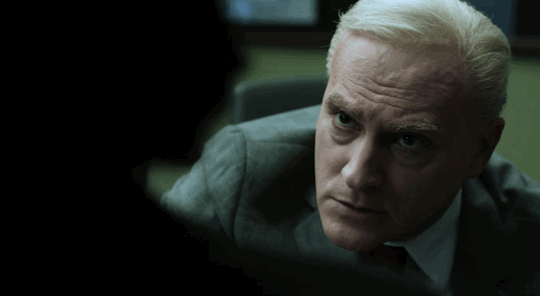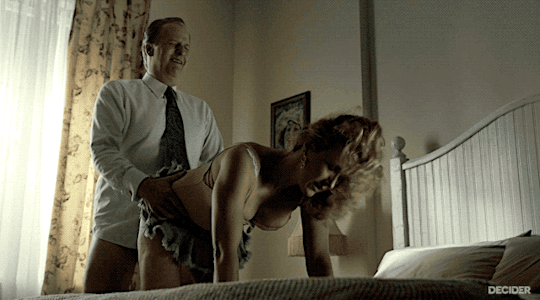When I asked critic Sean T. Collins about Completely Unnecessary Travel, he cited Hulu’s The Path as another egregious offender. “Virtually every scene was someone just popping over to someone else’s place, often [requiring] a multiple-hour drive, to have an angry confrontation that lasts a minute,” Collins said. Tom Hardy’s Taboo also falls into the trap. As the critic described to me: “Hardy’s character would walk through waist-deep London horseshit just to grumble at someone he was pissed at for as long as it takes to sing ‘God Save the King’ and then split.”
Did things used to be this way? Perhaps as television has gotten more ambitious, the CUT problem has gotten worse. The major shows from the 1990s and early 2000s had strategies to prevent this type of conundrum. The friends on Friends lived near one another and had a coffee shop they frequented. The same is true of Seinfeld. The women on Sex and the City visit each other’s apartments, but also meet at restaurants and make use of their landlines.
Smartphones present another challenge. As a 2016 article in The Verge on how TV shows and movies handled texting pointed out, as phone calls have been supplanted by various types of text messaging in everyday life, they’ve necessarily been phased out of entertainment, too. Even when phone calls weren’t out of date, they lacked a certain dynamism. Filmmakers are still searching for the right way to represent short-form written communication on screen. It doesn’t look right or feel right. Phones are difficult to dramatize. It is hard to act a text message.
There have been some novel solutions: The Mindy Project had their actors read texts out loud when the messages popped up, and it sorta-kinda worked and it sorta-kinda didn’t. There wasn’t much verve in their vocalizing. On Brooklyn Nine-Nine, the characters just describe the text they’ve received to other characters. Jane the Virgin finds a middle ground, overlaying music with the sounds of keyboard clicks and letting viewers read the messages themselves. This is the most natural of all the options, but still leaves something to be desired.
The main problem seems to be that, all of the emotional drama of texting comes from the anticipation of getting a text, which comes from the passage of time. That’s even harder to represent in the space of a TV show.
So what are writers left with? “You can view it as an obstacle or an opportunity,” Collins said. “Filmmakers are always going to have a hard time resisting putting two actors in a room together, and rightfully so, since it’s where so much of the magic of live-action filmmaking and theater comes from.”
I spoke with Study Hall’s Bradley Babendir for his piece about a quirk of current TV drama: moving people unrealistic distances in order for them to have relatively brief conversations. It’s a fun article that attempts to figure out when this technique does and doesn’t get used by filmmakers productively. Check it out!



